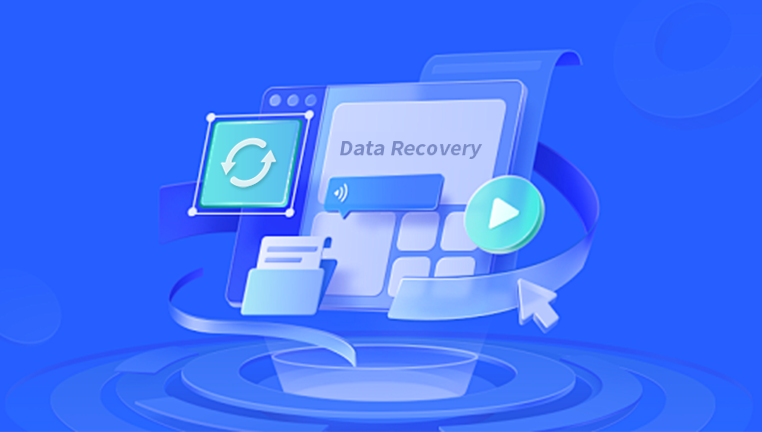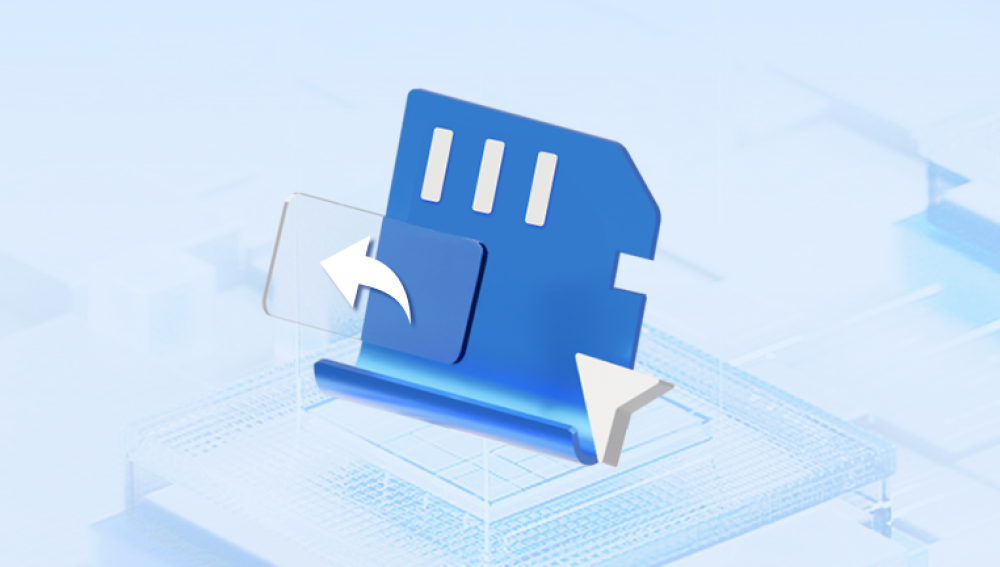Formatting an SD card can happen unintentionally or as a part of routine maintenance. Regardless of the reason, it can lead to the loss of important data. Fortunately, recovery is often possible, especially if the card hasn't been overwritten with new data.
1. SD Card Formatting
1.1 What Happens During Formatting
Formatting an SD card prepares it for use by erasing all data and setting up a new file system. This process creates a clean slate, but it does not immediately erase the actual data. Instead, it removes the pointers to that data, making it appear as if the data is gone.
1.2 Types of Formatting
Quick Format: This type only deletes the file system structure and makes the data invisible. The actual data remains intact until it is overwritten.
Full Format: This process not only deletes the file system but also scans for bad sectors. It typically takes longer and may overwrite some data.

2. Why Data Recovery is Possible
2.1 Data Storage on SD Cards
SD cards store data using flash memory, which retains the stored information until it is overwritten. When you format the card, the data isn't erased immediately; rather, the space is marked as available for new data.
2.2 File System and Data Marking
When you format an SD card, the file system (FAT32. exFAT, or NTFS) updates its metadata, marking the previously occupied space as free. Until new data is written to this space, the old data can potentially be recovered.
3. Preparing for Data Recovery
3.1 Stop Using the SD Card
The most crucial step after formatting is to stop using the SD card immediately. Continuing to write new files can overwrite the old data, making recovery impossible.
3.2 Assessing the Situation
Evaluate whether the SD card was only formatted or if there were other issues (such as corruption). This will influence the recovery approach you take.
4. Software-Based Recovery Methods
4.1 Choosing the Right Software
Drecov Data Recovery is an advanced software solution designed to help users recover lost or deleted data from various storage devices, including SD cards, external hard drives, USB drives, and internal hard drives. Its user-friendly interface and powerful recovery capabilities make it suitable for both novice and experienced users.
Comprehensive Recovery Options: Drecov Data Recovery supports a wide range of file types, including documents, photos, videos, and audio files. Whether your data loss is due to accidental deletion, formatting, or corruption, the software can assist in retrieving your lost files.
Deep Scan Technology: The software employs advanced scanning algorithms to locate recoverable data, even from damaged or corrupted devices. The deep scan feature ensures thorough exploration of storage media, increasing the chances of successful recovery.
Preview Before Recovery: Users can preview the recoverable files before initiating the recovery process. This feature helps you verify the integrity of the files and select only those you need, saving time and storage space.
Multiple Device Support: Drecov Data Recovery is compatible with various devices and file systems, making it a versatile solution for different data recovery scenarios. It works seamlessly with FAT32. exFAT, NTFS, and HFS+ file systems.
Simple Recovery Process: The intuitive interface guides users through the recovery process step-by-step, from scanning the device to selecting and restoring files. This simplicity makes it accessible to all users, regardless of technical expertise.
Secure and Reliable: Drecov Data Recovery ensures that your data remains secure during the recovery process. The software is designed to prevent further data loss and protect your information.
4.2 Step-by-Step Recovery Process
Download and Install Recovery Software: Choose one of the recommended tools and install it on your computer.
Connect the SD Card: Use a card reader to connect your SD card to your computer.
Launch the Recovery Software: Open the program and select the SD card from the list of drives.
Select Scan Type:
Quick Scan: For recently formatted cards.
Deep Scan: For cards that have been formatted a while ago or have other issues.
Start the Scan: Click the scan button and wait for the software to analyze the card. This process may take time, depending on the size of the card.
Preview Found Files: Once the scan completes, you can preview the recoverable files.
Select Files to Recover: Choose the files you wish to recover and select a destination folder on your computer (not on the SD card).
Recover the Files: Initiate the recovery process and wait for the software to restore the files.
Check Recovered Files: After recovery, check the files to ensure they are intact and usable.
5. Manual Recovery Techniques
If you prefer not to use third-party software, you can attempt recovery through system tools.
5.1 Using Command Prompt (Windows)
Insert the SD Card: Connect it to your computer via a card reader.
Open Command Prompt: Search for “cmd” in the start menu and open it as administrator.
Enter the Recovery Command: Type the following command:
bash
chkdsk E: /f
Replace E: with the actual drive letter of your SD card.
Press Enter: This command checks for errors and may recover some lost files.
5.2 Disk Utility (Mac)
Connect the SD Card: Use a card reader.
Open Disk Utility: Find it in Applications > Utilities.
Select the SD Card: Click on your SD card from the list.
Run First Aid: Click “First Aid” and allow it to check and repair the card.
Check Recovered Files: After the process, check if your files are accessible.
6. Preventive Measures for Future Data Loss
To minimize the risk of losing data in the future, consider these preventive measures:
Regular Backups: Keep a backup of important files in multiple locations (cloud storage, external drives).
Safely Eject SD Cards: Always use the proper eject procedure to avoid corruption.
Use Reliable Software: Invest in reputable data recovery software to avoid data loss.
Keep Card Clean: Regularly check your SD card for corruption and errors.




